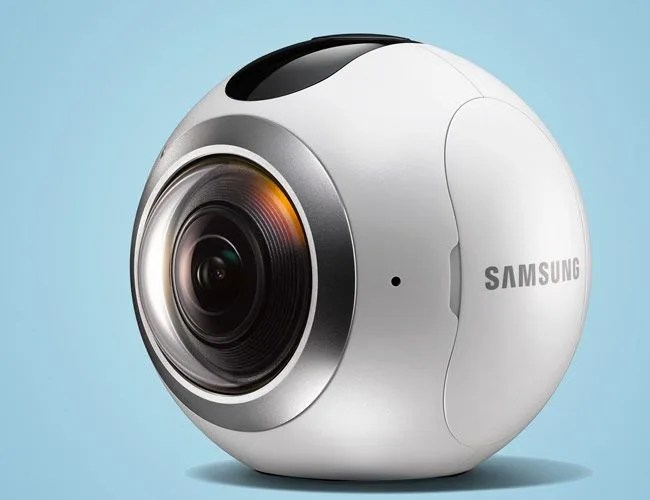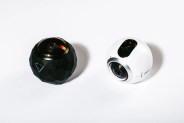Maybe you received a 360–degree camera as a gift over the holidays — say, a cube-ish Nikon KeyMission 360 ($500), or Samsung’s Stormtrooper-hued Gear 360 ($308), or a 360Fly 4K ($500), the black sphere that feels like a cue ball in your hand. Or maybe you grabbed one yourself, curious as to what all the fuss is about. So there you are, holding your little camera-ball, wondering…well, now what? How do I make a cool 360–degree video? What even is a cool 360–degree video anyway?
It’s an important question because 360–degree cameras aren’t like regular cameras that you can just point at stuff and shoot. To make something engaging, memorable and fun to watch with this new tech, you have to actually think about what you’re doing. To soften that blow, we asked three high-level VR/360 producers how to get the best results with a 360 ball. Heed their advice, and you’ll be able to capture amazing footage of the world around you. All around you.
1. Remember, you will fail — at first. Be ready to experiment and prepare for failure, said Michael Hopper, a senior producer at Vice News. “Even pros are having issues with the transition to 360 and virtual reality content,” he said. “So you shouldn’t expect that everything you do will come out as cool as it does with an action camera or a DSLR. You have to take chances, get messy and make mistakes.”
2. Take it outside. Start off by shooting outdoors, during the day, Hopper added. “These cameras are good, but they don’t perform very well in low light,” he noted. “Besides, your results will be more dramatic and more exciting outside than if you’re trying to shoot inside. A dimly lit bar scene or your living room won’t be as cool as a forest or city street.”
3. Think in 360. Those city streets are actually ideal proving grounds because they have subjects and action coming from all around, said Jessica Lauretti, head of the RYOT Studio at The Huffington Post. “The 360 format is fairly literal, in that it works best in environments that are interesting from any angle,” she said. “In an urban area you’ll want to find a busy plaza or center like Times Square, where people and cars are hustling and bustling all around you.”

